Deadlifts are a fundamental compound exercise that targets multiple muscle groups, including the trapezius muscles. Post-deadlift soreness in the traps is a common occurrence and can significantly impact one’s training routine. In this guide, we will discuss the factors contributing to trap soreness after deadlifts, provide insights into understanding the mechanics of the deadlift, and offer effective strategies for addressing and preventing trap soreness.
Whether you’re a seasoned lifter or new to deadlifting, understanding and managing trap soreness is essential for optimizing your workout experience and overall performance.
Addressing Traps Sore After Deadlifts
Traps sore after deadlifts, also known as delayed onset muscle soreness (DOMS) in the trapezius muscles, is a common experience among weightlifters and fitness enthusiasts. It typically manifests as a feeling of discomfort or pain in the upper back and neck region, often occurring 24-72 hours after performing deadlifts. Understanding the causes and addressing this type of soreness is crucial for optimizing training effectiveness and minimizing discomfort.
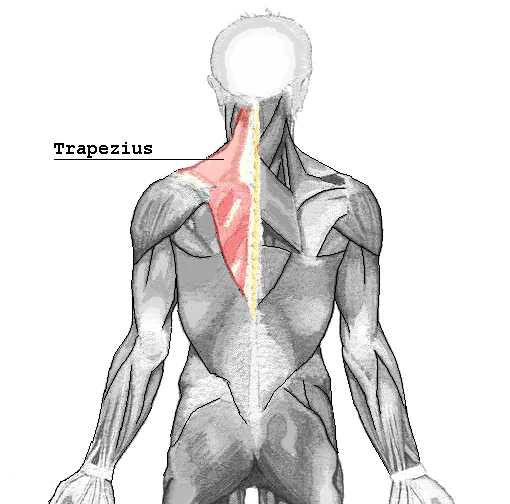
Why Are My Traps Sore After Deadlifts?
The soreness in the trapezius muscles after deadlifts can be attributed to several factors. Understanding these reasons can help in mitigating soreness and avoiding potential discomfort. Some possible explanations include:
- Deadlifts Engage the Trapezius Muscles: Deadlifts are a compound exercise that engages various muscle groups, including the trapezius muscles. The traps work to stabilize the shoulders and upper back during the lifting motion, leading to potential soreness after the exercise.
- Gripping Too Tight: Gripping the bar too tightly during deadlifts can cause tension in the trapezius muscles, leading to pain and discomfort afterwards.
- Overuse and Chronic Tightness: Chronic overuse and tightness in the upper traps and levator scapulae can result in the development of scar tissue, leading to pinching pain in the traps after deadlifts.
- Delayed Onset Muscle Soreness (DOMS): The soreness experienced 24-72 hours after a workout, known as DOMS, can be a common occurrence after deadlifting due to the engagement of different muscle groups, including the trapezius muscles.
- Injury Risk: One wrong move during deadlifts can increase the risk of injury, potentially leading to soreness and discomfort, particularly in the lower back and traps.
By being mindful of gripping techniques, incorporating proper warm-ups, and ensuring correct form during deadlifts, individuals can reduce the likelihood of experiencing soreness in the trapezius muscles while reaping the benefits of this effective exercise.
Causes of Trap Soreness After Deadlifts
Trap soreness after deadlifts can be attributed to several factors, as highlighted in various discussions and resources. Here’s a detailed analysis of these causes:
1. Delayed Onset Muscle Soreness (DOMS): The “feel the burn” soreness experienced 24-72 hours after a workout is often referred to as DOMS, which results from inflammation in the muscles following intense physical exertion.
2. Improper Deadlift Technique: Focusing on keeping the chest lifted during lifts may lead to trap soreness, indicating that improper technique, such as excessive shrugging or shoulder elevation, could contribute to muscle discomfort.
3. Overexertion and Muscle Activation: Gripping too tightly during deadlifts can cause tension in the trapezius muscles, leading to pain and discomfort afterward. Additionally, heavy deadlift sessions can result in muscle fatigue and soreness.
4. Hip Positioning and Form Faults: Premature hip rise during the deadlift can lead to increased strain on the hamstrings and potentially impact the activation of the trapezius muscles, contributing to soreness.
5. Scar Tissue and Soft-Tissue Therapy: Chronic tightness and overuse can lead to scar tissue in the upper traps and levator scap, requiring soft-tissue therapy to alleviate potential pain and discomfort.
6. Shoulder Positioning and Upper Back Rounding: Sharp knife-like pain under the traps after deadlifting can be linked to rounding the upper back during deadlifts, emphasizing the importance of maintaining proper shoulder positioning.
Understanding these diverse factors contributing to trap soreness after deadlifts is vital for implementing effective strategies to address and prevent discomfort, ensuring an enhanced training experience and reduced risk of injury.
How to Perform Deadlifts: Correct Technique to Avoid Soreness
Here are step-by-step instructions for performing deadlifts with correct techniques to avoid soreness:
- Stand upright with your feet about shoulder-width apart.
- Bend your knees and grab the bar as close to it as possible.
- Keep your shoulder blades locked in and maintain a straight back throughout the lift.
- With proper form, initiate the lift by sitting your hips back and bending your knees slightly.
- Take a big breath, hold it, and stand up with the weight while keeping the bar in contact with your legs during the pull.
- Avoid hyperextension and leaning back at the top of the lift to keep your spine neutral and everything tight.
- Perform deadlifts with a flat lower back and ensure that your hips and shoulders rise together during the lift.
Following these step-by-step instructions can help perform deadlifts with the correct techniques to minimize soreness and reduce the risk of injury.
How to Prevent from Trap Soreness after Deadlifts
Here are effective strategies to prevent trap soreness after deadlifts:
- Maintain Proper Shoulder Positioning
- Ensuring that your shoulders are over the bar or slightly in front of it can help prevent trap soreness after deadlifts.
- Engage Lats to Stabilize the Spine
- Keeping the weights tight against the front of your legs as they move downwards can engage the lats and help stabilize the spine, potentially reducing the risk of trap soreness.
- Comfortable Grip and Proper Form
- Using a comfortable grip that feels natural for you and avoiding excessive tension in the traps during the lift can contribute to preventing trap soreness.
- Optimal Training Intensity
- Starting training at an optimal intensity rather than testing can help reduce the risk of excessive trap activation and subsequent soreness.
- Engage Core Muscles
- Ensuring the engagement of core (deep abdominal) muscles during trap bar deadlifts can reduce the risk of injury and distribute the load more effectively.
Implementing these preventive measures, such as maintaining proper form, engaging the right muscles, and optimizing training intensity, can contribute to minimizing trap soreness after deadlifts.
What To Do If Traps Sore During Deadlifts?
When experiencing soreness in the upper back during deadlifts, it’s essential to address the issue carefully to prevent further discomfort and potential injury. Here are some actionable steps to consider:
- Evaluate Technique: Assess your deadlift technique to ensure proper biomechanics. Poor form, especially about scapular retraction and latissimus dorsi engagement, can contribute to upper back soreness during deadlifts.
- Consult a Professional: If the soreness persists, it’s advisable to seek guidance from a licensed physical therapist, chiropractor, or doctor. They can provide personalized advice and exercises to alleviate discomfort and prevent future issues.
- Utilize Recovery Techniques: Incorporate recovery techniques such as using a lacrosse ball or foam roller to release tension in the upper back and traps. This can help alleviate soreness and improve flexibility.
- Strengthen Supporting Muscles: Consider incorporating exercises that target the supporting muscles of the upper back, such as the latissimus dorsi, to enhance overall stability and reduce the likelihood of soreness during deadlifts.
- Apply Cold Therapy: In cases of acute discomfort, applying ice for short intervals (15-20 minutes) several times a day can help alleviate soreness and reduce inflammation associated with upper back pain from deadlifts.
By addressing techniques, seeking professional guidance, utilizing recovery techniques, strengthening supporting muscles, and applying cold therapy when necessary, individuals can effectively manage and prevent upper back soreness during deadlifts.
Tips to Keep the Trapezius Muscle Neutral During The Deadlift?
When aiming to ensure that the trapezius muscles remain neutral during deadlifts, it’s crucial to focus on maintaining proper form and technique. Here are some key considerations based on the information gathered:
- Maintain a Neutral Spine: Prioritize keeping the spine in a neutral position throughout the lift. This involves engaging the core and stabilizing the upper back to prevent excessive rounding or arching.
- Proper Arm and Hand Position: Ensure that the arms, forearms, and hands hold onto the barbell to maintain stability and the correct positioning throughout the lift. This can help in engaging the trapezius muscles effectively.
- Hip and Shoulder Alignment: Keep the hips lower than the shoulders to promote proper biomechanics and engage the necessary muscles, including the trapezius, to support the lift.
- Engage Core and Lats: Emphasize bracing the core and squeezing the shoulder blades together to activate the lats and stabilize the upper back, which includes the trapezius muscles.
- Breathing Technique: Take a deep breath and brace the core before each deadlift to provide stability and support to the entire musculature, including the trapezius.
By incorporating these techniques into your deadlift routine, you can work to ensure that the trapezius muscles remain neutral and properly engaged throughout the exercise, contributing to overall safety and effectiveness.
Frequent Question Answers
| Question | Answer |
|---|---|
| Do deadlifts build traps? | Yes, deadlifts can contribute to trap development due to the engagement of the trapezius muscles during the movement. |
| What muscles should be sore after a deadlift? | After deadlifts, it’s common to feel soreness in the glutes, hamstrings, lower back, and upper back, including the traps. |
| Why are my traps sore after the back day? | Trap soreness after a back workout, particularly after deadlifts, can result from the extensive use of the trapezius muscles during exercises such as rows and pull-ups. |
| Why is my upper back sore after doing deadlifts? | Deadlifts engage the upper back, including the traps, resulting in potential soreness due to muscle activation and tension during the exercise. |
| How long do sore traps last? | Sore traps after deadlifts can last for 2-3 days, but the duration may vary depending on individual recovery and conditioning levels. |
| Is it normal for my traps to be sore? | Yes, it’s normal to experience trap soreness after intense physical activity such as deadlifts, especially for individuals new to the exercise or those who increase training intensity. |
| Does deadlift increase testosterone? | Deadlifts have been associated with increased testosterone production, which can benefit muscle growth and overall strength development. |
| Where should I feel deadlifts? | Deadlifts primarily target the posterior chain, including the glutes, hamstrings, lower back, and upper back (traps), and one should feel the muscle engagement in these areas. |
| Do deadlifts hit lats? | Deadlifts are not a direct lat-focused exercise, but they do engage the lats to provide stability and support during the lifting motion. |
Conclusion
In conclusion, trap soreness after deadlifts is a normal physiological response resulting from the engagement of the trapezius muscles during this dynamic compound exercise. Proper training techniques, recovery strategies, and attention to individual physical conditions will play a crucial role in managing and mitigating trap soreness effectively.
Sources
- Quora – “Why do my traps feel weird days after deadlifting?”
- Reddit r/Fitness – “Traps sore after deadlift?”
- Hospital for Special Surgery – “Lower Back Pain After Deadlifts? Here’s How to Do Them …”
- SportCBDs – “Traps Sore After Deadlifts? 12 Things To Consider”
- Strength Resurgence – “Here’s Why Your Neck Hurts When Deadlifting (And How …”
- Starting Strength Forum – “In your experience, should upper back get sore after …”
- Bodybuilding.com Forum – “Thread: deadlifts: pinching pain in traps”
- Lift Physio – “The Truth About Lower Back Pain After Deadlift.”
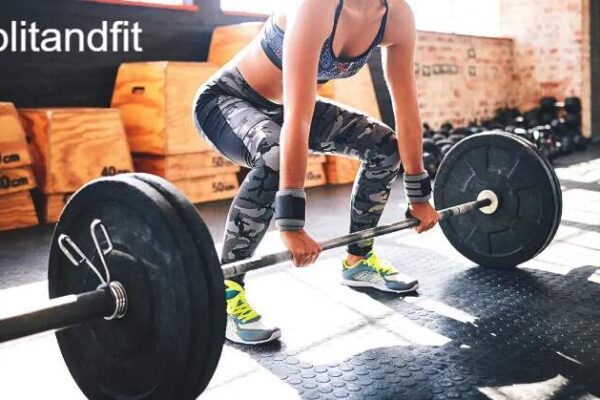


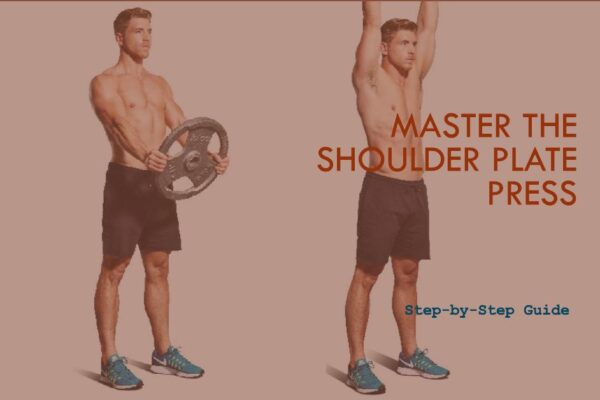
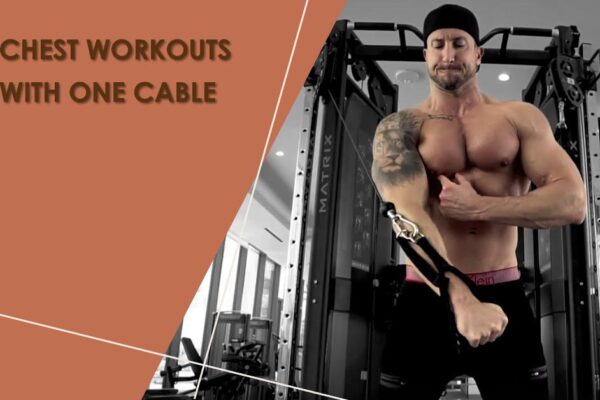
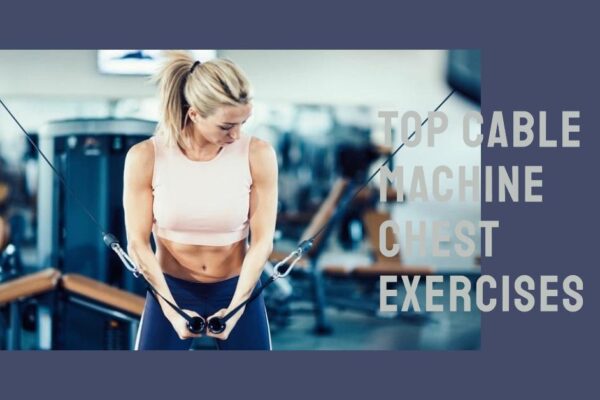
Leave a Reply